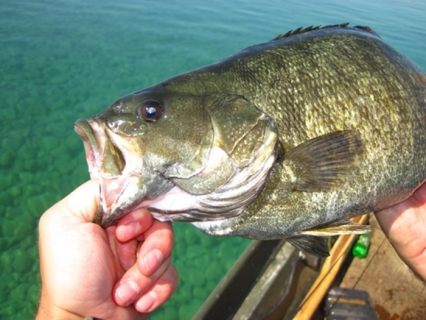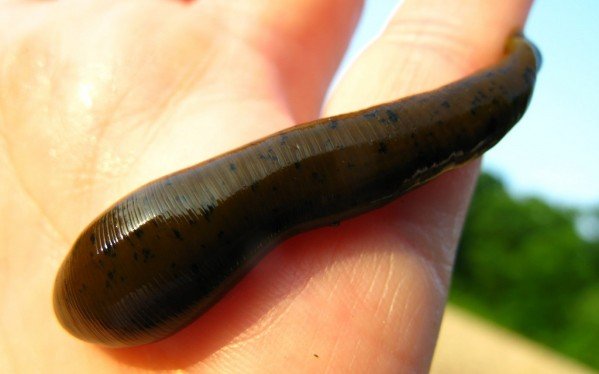The summer months are a golden time for live bait anglers when it comes to fishing with leeches. Summer is the best time of the year to fish with these wiggling bloodsuckers.
Some anglers are reluctant to fish with leeches, but they are a versatile bait that will catch a wide range of species, including walleyes, smallmouth bass, largemouth bass, panfish and catfish.
Not all leeches are effective for catching fish, though, and it takes a bit of knowledge to fish them correctly. If you would like to learn more about how to cash in on using leeches this summer, here is some valuable information on how to do it.
RELATED: How to Catch More Fish With Worms
TYPES OF LEECHES
Leeches are found throughout North America from small creeks and ponds to large lakes and rivers. There are many varieties of leeches and some are better at catching fish than others.
The leech that is most frequently used for bait is called the ribbon leach. It is dark in color, usually black or dark brown, sometimes with spots. It is long, has a flat body and many anglers swear they are more lively than other varieties. Most importantly, though, fish love them.
Likely the worst type of leech for bait is called horse leech, which fish tend to avoid, for unknown reasons.
SUMMER BONANZA
During the summer months, many fish species are feeding heavily on leeches, but by mid-summer, the number of leeches available is dropping. The adult leeches are reproducing and dying off, meaning there are fewer leeches available to the fish.
The drop in leech numbers is good news for anglers, because it means the fish are more likely to take your bait. Even though leech numbers are down they still love to eat them and they will readily go after your offering.
RELATED: How to Hook Live Bait Correctly
FISHING LEECHES
Leeches can be fished successfully using a number of tactics. The most popular methods are below a bobber, on a jig or using a Lindy Rig setup. Jigs or bobbers tend to work best for bass and panfish, while the Lindy Rig setup is better for walleyes and catfish.
One of the most important aspects of fishing with leeches is learning how to hook them correctly. Many anglers hook them through the suction cup end, which is the tail. When hooked from this end the leech tends to curl up and provides little action. If hooked through the head, or the opposite end, the leech is more likely to stay uncurled and swim freely, providing the needed action to catch fish.
KEEPING LEECHES
Unlike other live bait, such as minnows or night crawlers, leeches are much easier to keep alive for long periods of time. They are resilient to a wide range of temperatures and do not need much oxygen to survive. Because it takes so little effort to keep leeches alive, it is easy to store them to fish with late in the season, when they may no longer be available at your local bait store. Occasional changes of water will help keep them alive longer.
Photo credit: Flickr CC
Fish gallery
-
Fishing Files
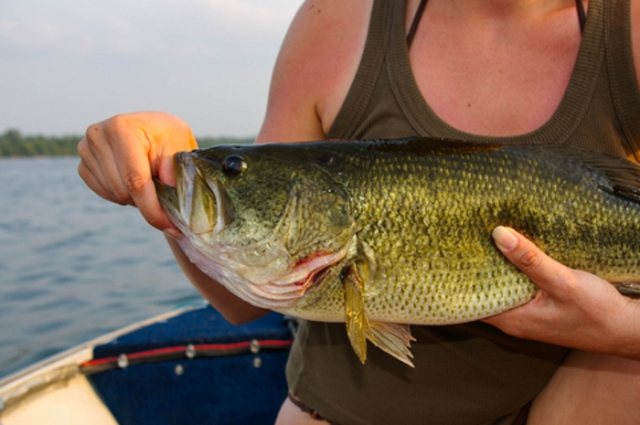
-
Striped Bass
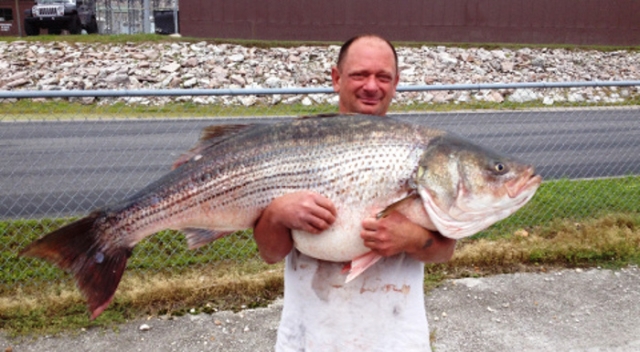
-
Fishing Files
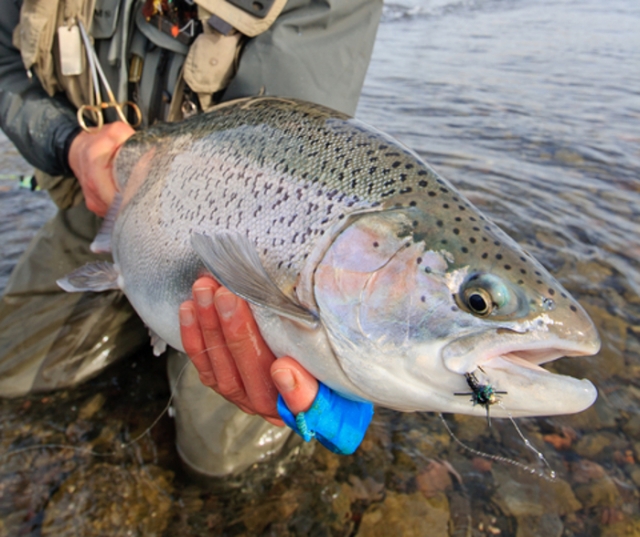
-
Smallmouth Bass
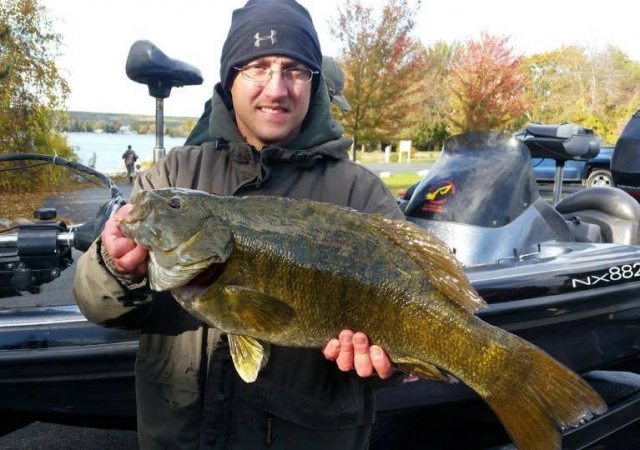
-
Fishing Files
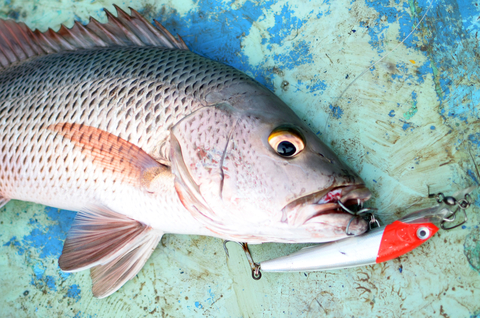
-
Fishing Files
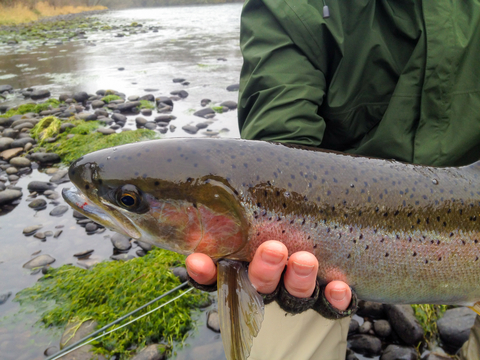
-
Largemouth Bass
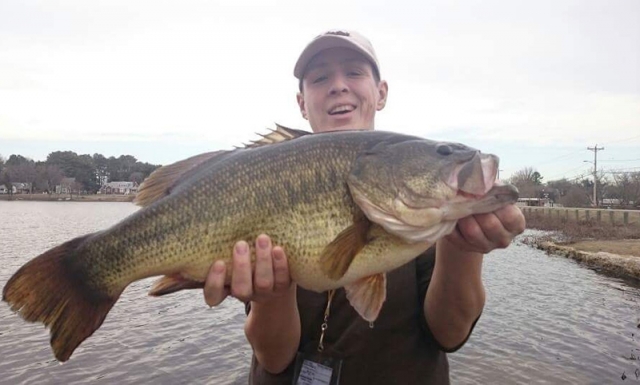
-
Fish fail in Russia
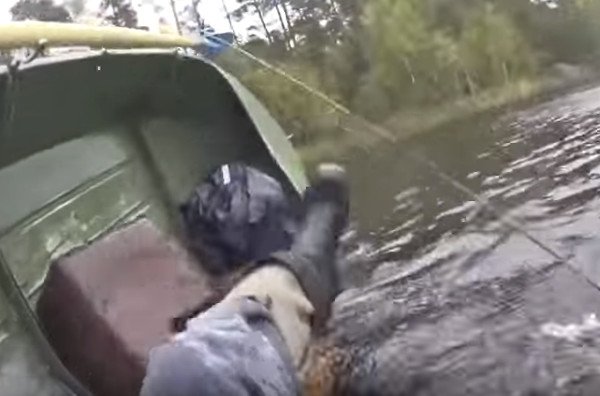
-
Bait fish
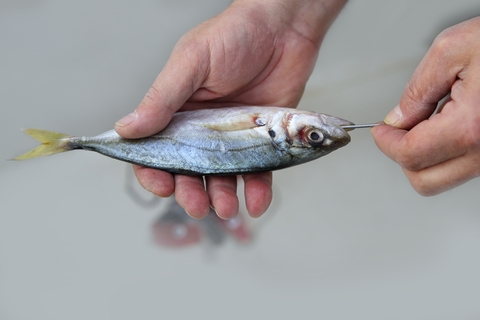
-
Fishing the weeds

-
Fishing Waders
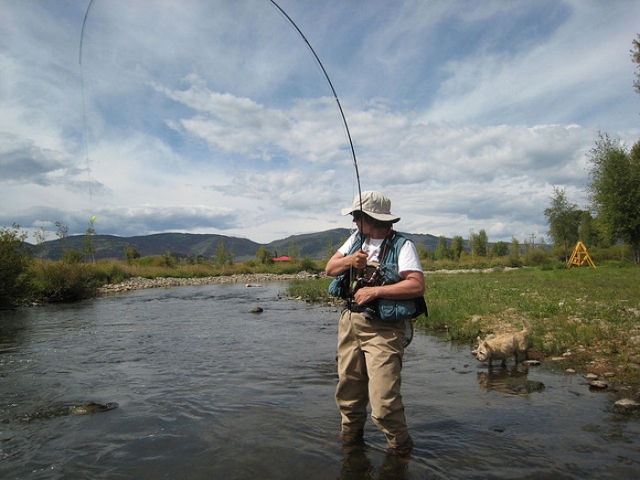
-
Old Man Fishing
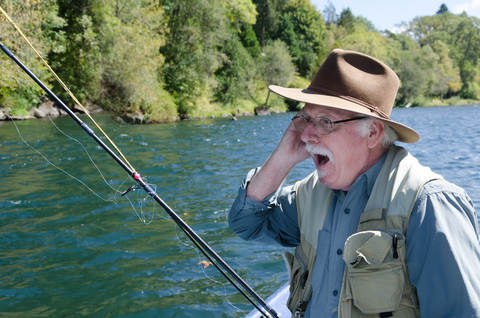
-
Fishing

-
City Fishing
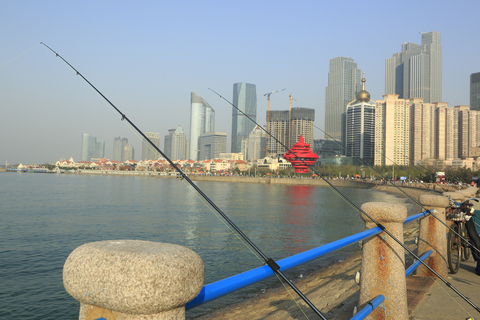
-
Fishing the cold
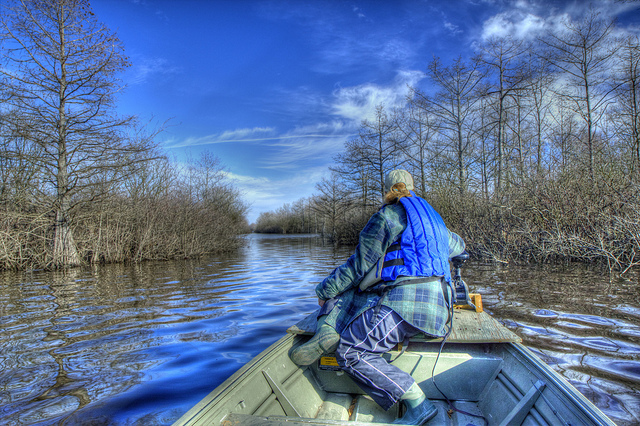
-
Fishing sunset
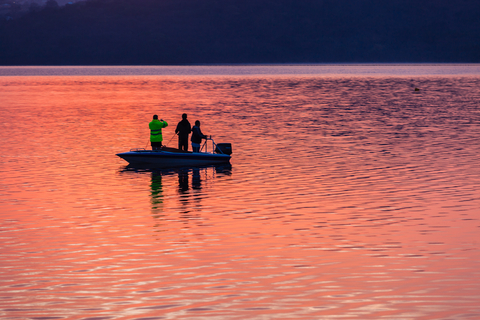
-
Bank fishing
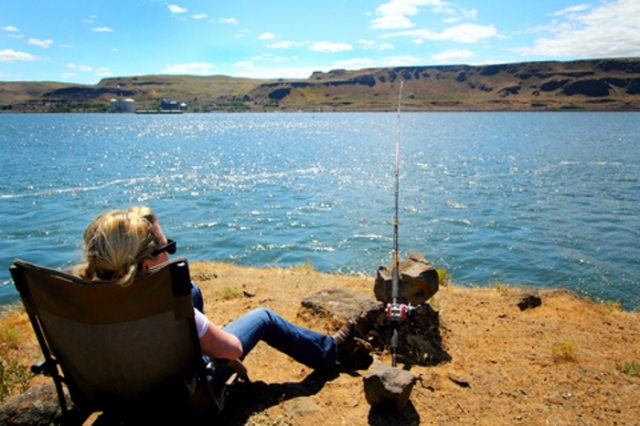
-
Day glow fishing boat
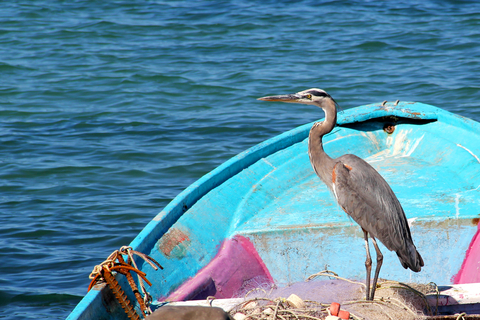
-
Fishing Pro

-
Fishing

-
Fly fishing

-
Fishing Files

-
Fishing Files
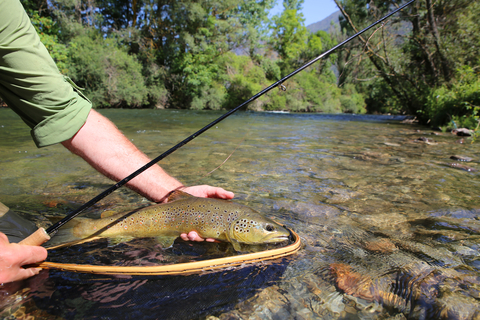
-
Fly reel
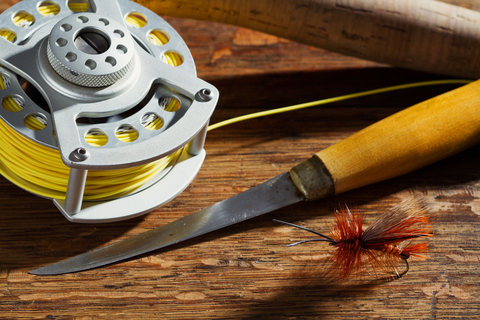
-
Gar Fish

-
Golden Trout
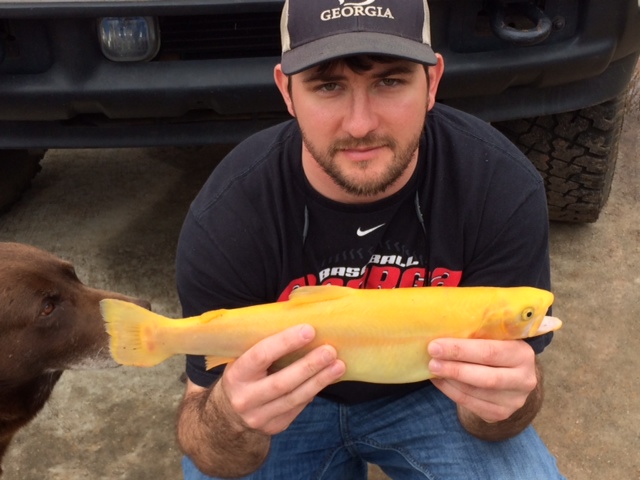
-
Ice Auger
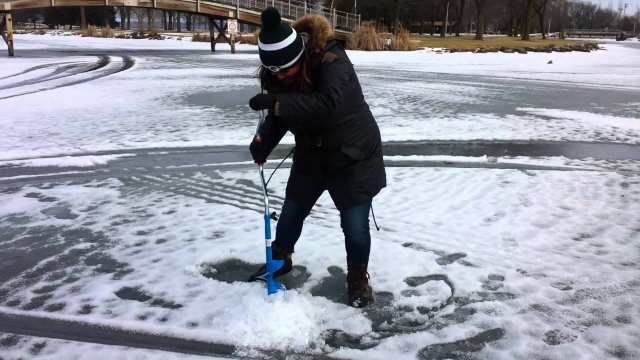
-
Ice Fishing
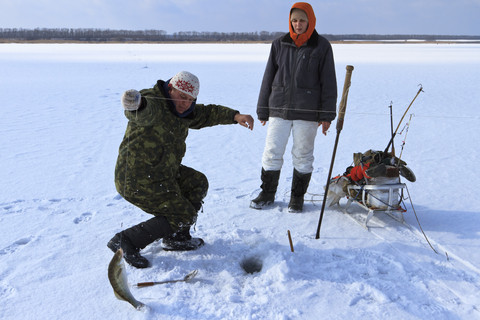
-
Halibut
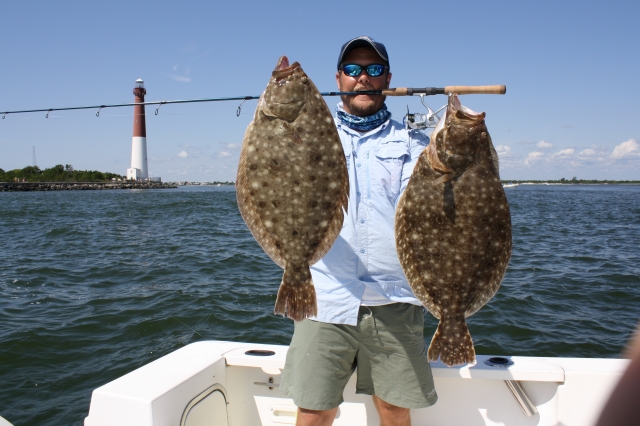
-
Bass Fish
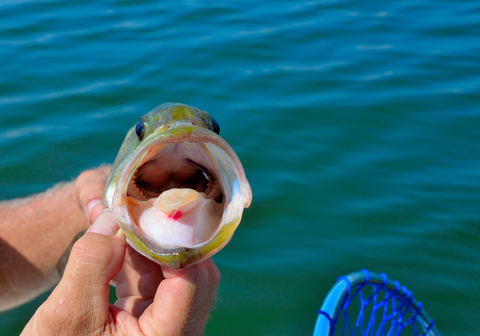
-
Lobster Dog

-
Marlin Fishing
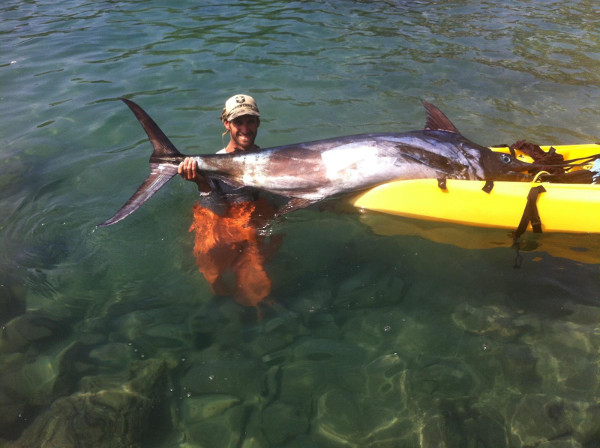
-
Muskie
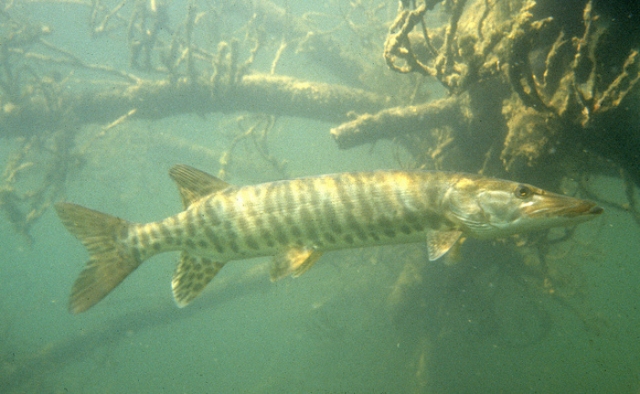
-
Fishing Files
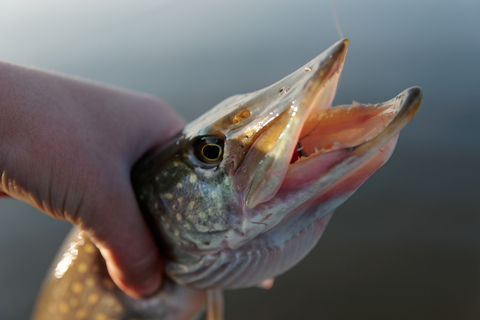
-
Nymph
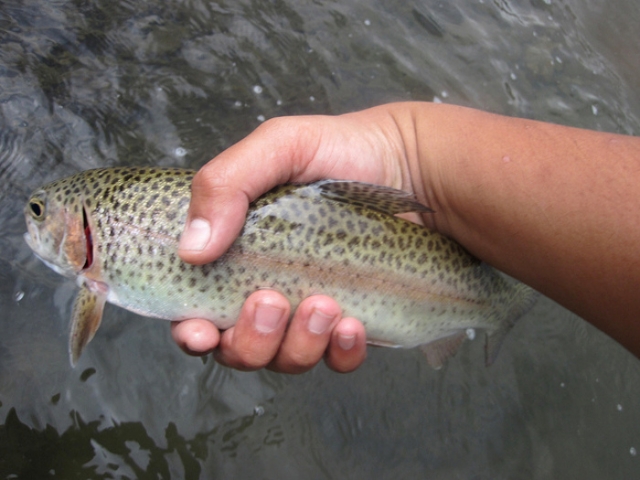
-
Oarfish

-
Obama Fishing

-
Panfish
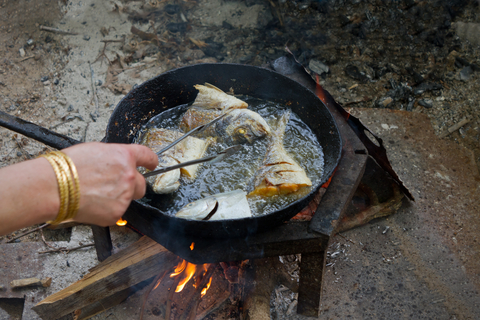
-
Pelican

-
Fishing Files
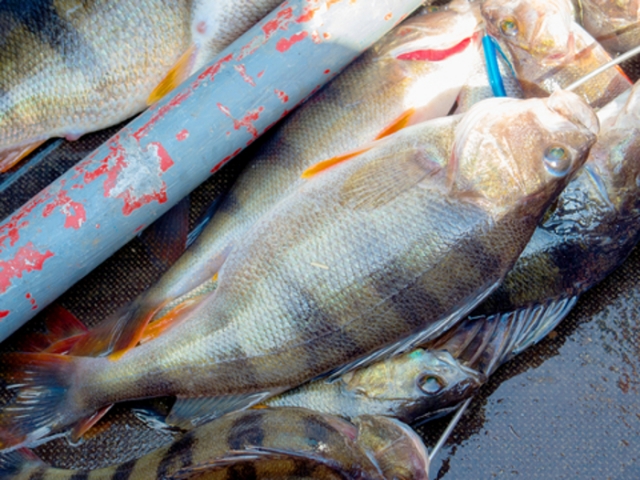
-
Fishing Files
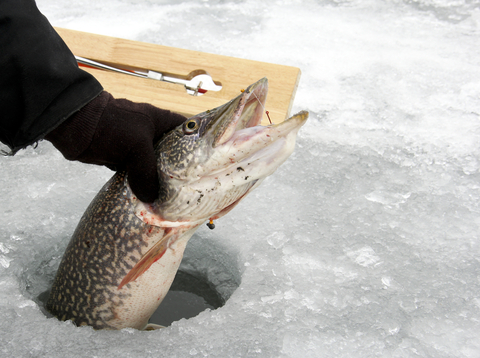
-
Fishing Files
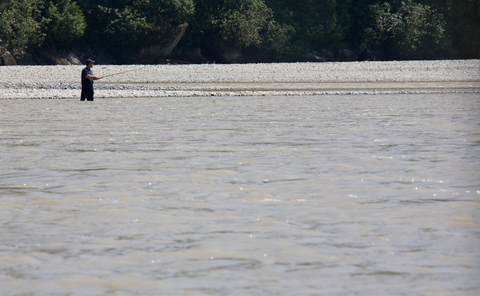
-
Fishing Files

-
Fishing Files
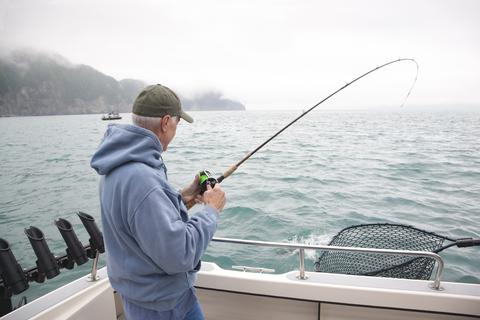
-
Fishing Files
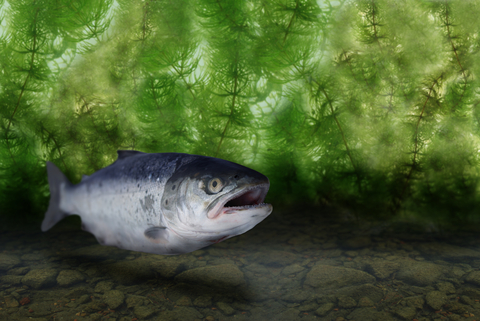
-
Fishing Files
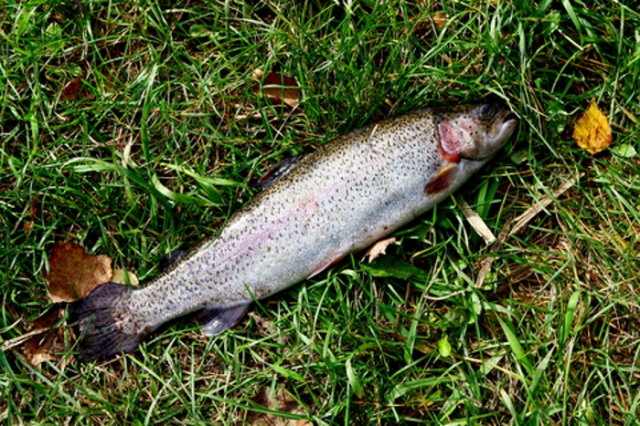
-
Fishing Files
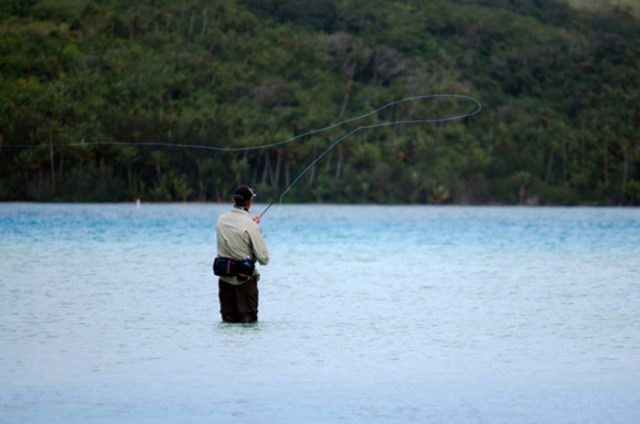
-
Fishing Files

-
Snakehead
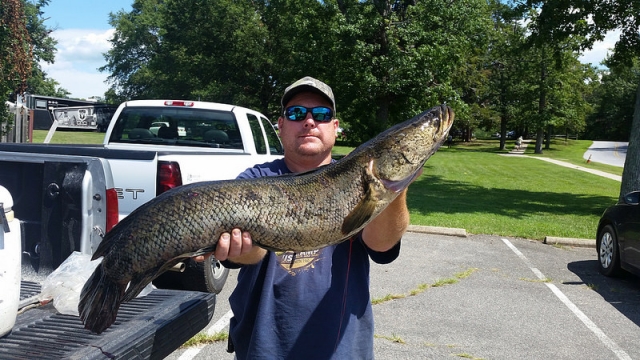
-
Spinner Shark

-
Spotted Bass
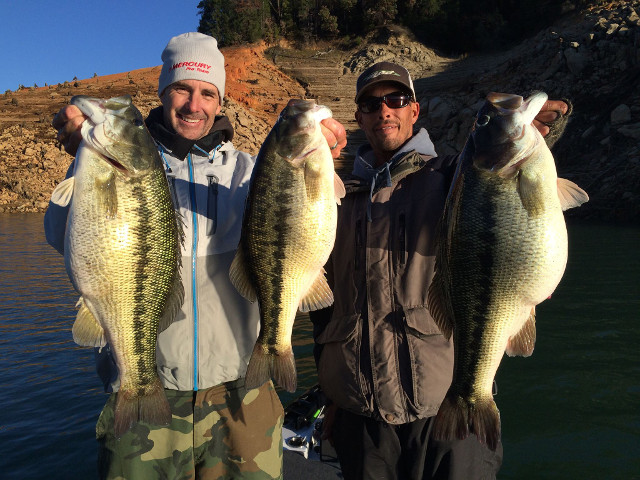
-
Striped Bass
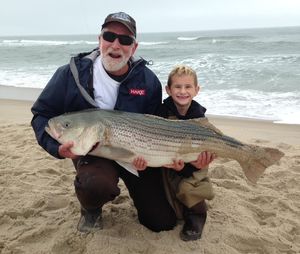
-
Sturgeon

-
Fishing Files

-
Trout Fishing
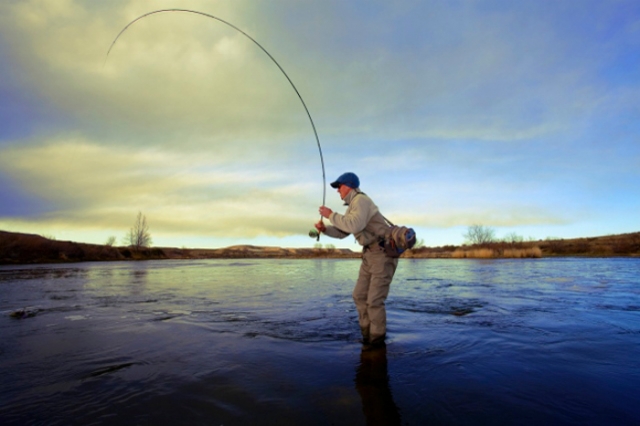
-
Fishing Files

-
Fishing Files
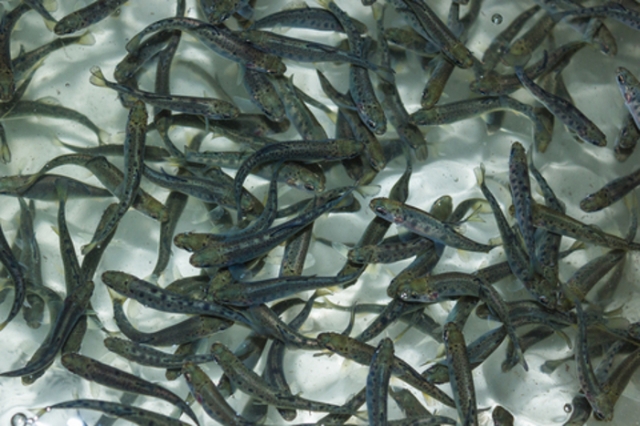
-
Fishing Files

-
Fishing Files

-
Northern Pike

-
School of Karanteen
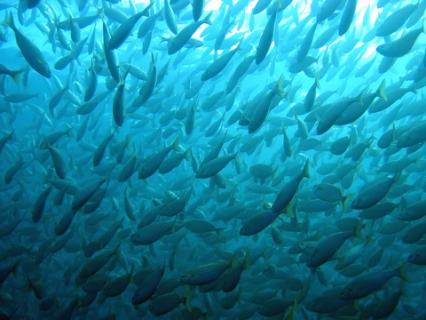
-
Walleye
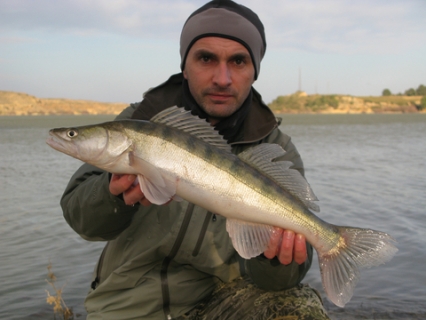
-
Goliath Grouper

-
Barracuda
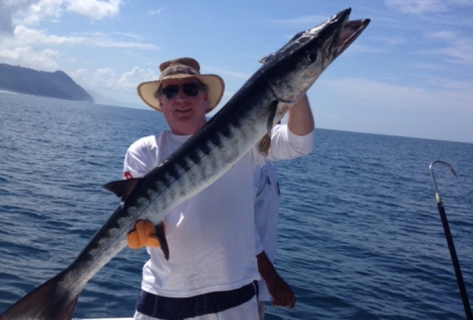
-
European Chub
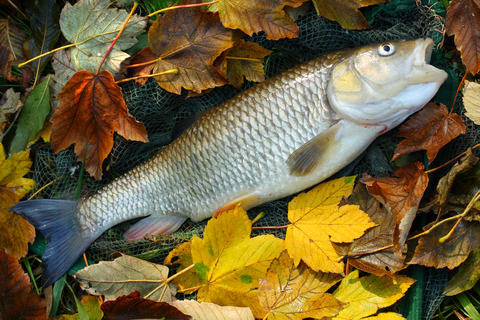
-
Drum Fish
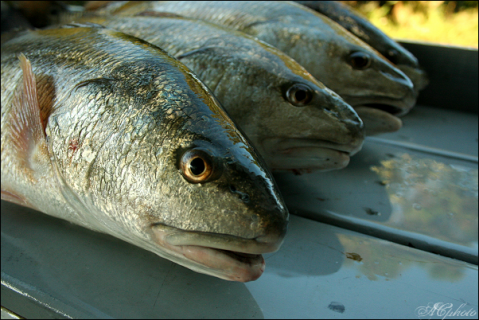
-
Grouper
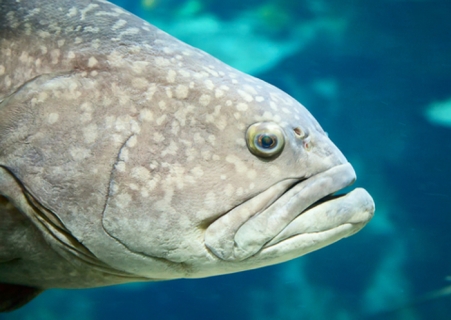
-
Blue Catfish

-
Catfish
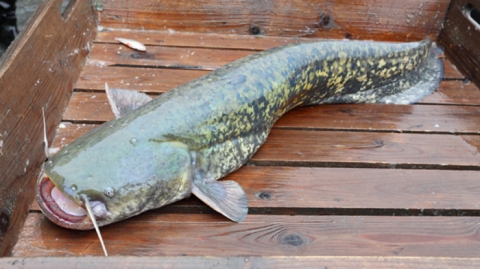
-
Star Puffer Fish
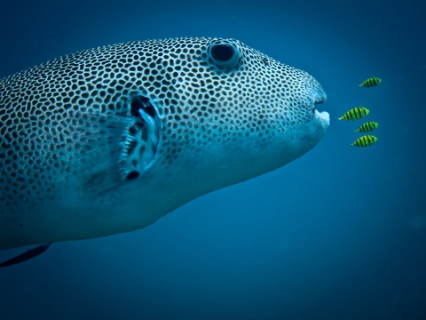
-
Napoleon Fish
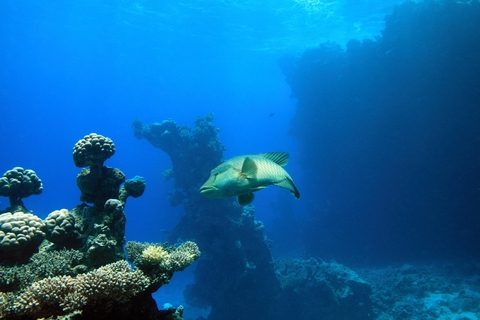
-
Smoked Trout
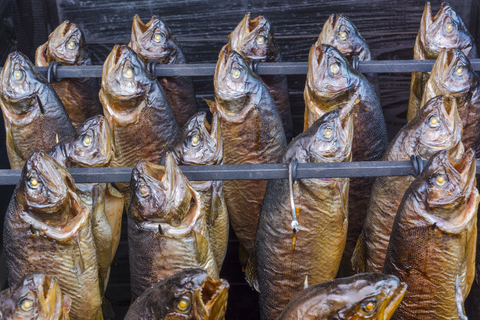
-
Perch
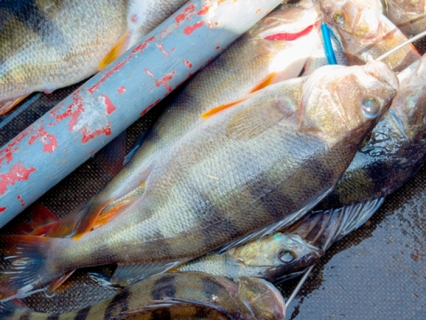
-
Smallmouth Bass
